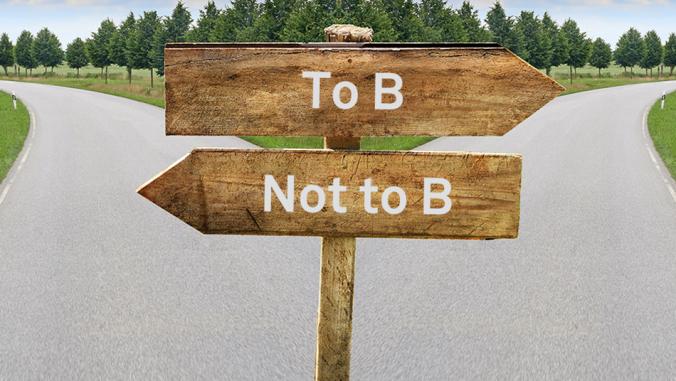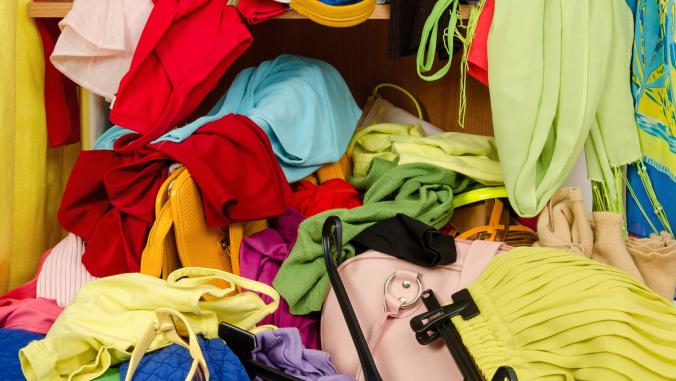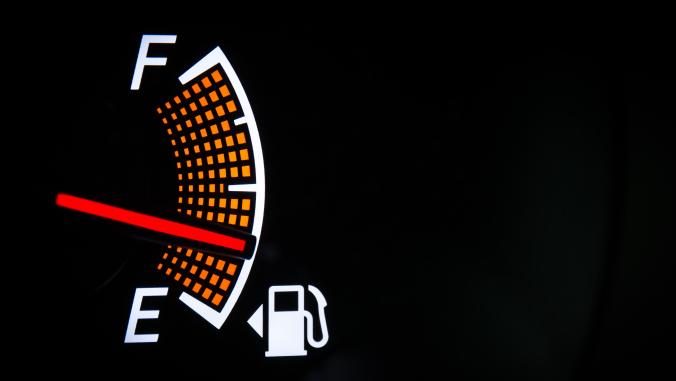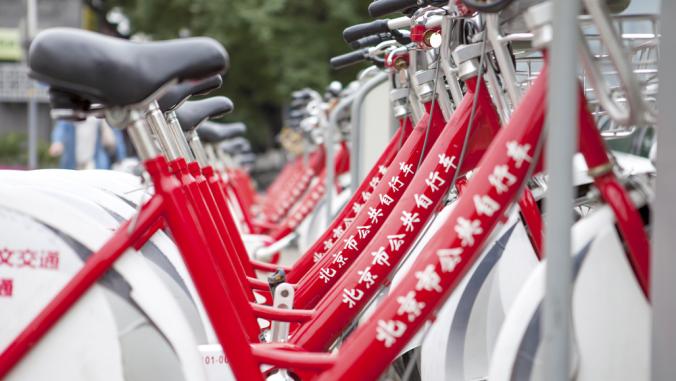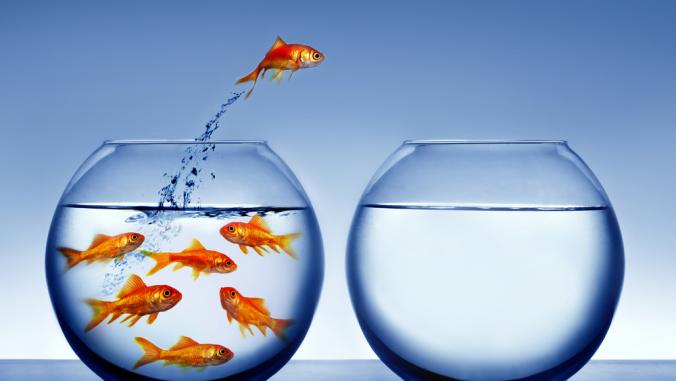Why Fair Trade is Thriving, Even in Tough Times
<p>Despite increasing clutter among green labels and products, and an ever-more-worrisome economy, sales of Fair Trade-certified products nearly doubled over last year. What does that say about green consumers?</p>

The proliferation of labels and claims at the grocery store can befuddle even the most conscientious consumer. What to buy? Organic produce? Locally grown vegetables? MSC-certified fish? Fair Trade coffee or chocolate?
Paul Rice, the president and CEO of Fair Trade U.S.A, isn't worried by the clutter. All the labels, he says, reflect a big trend -- the growing appetite of food shoppers for more "transparency and traceability."
Says Rice: "Consumers want to know where their stuff is coming from. They want to know if it's safe. They want to know if it's healthy. They want to know what the impact is on the environment."
"Consumers are increasingly using their purchasing decisions to express their values," he says.
Of course, we've been hearing for decades that consumers are voting with their dollars; the trouble is, too many of us vote for crap too much of the time. But -- and this is important -- there's good news when it comes to Fair Trade: Despite the sluggish U.S. economy, it's growing fast.
 Sales of Fair Trade Certified products at mainstream grocery stores grew by 87 percent in the second quarter of 2011 over the previous quarter, according to recent data from SPINS, which tracks the natural foods industry. Sales in the specialty and gourmet channels grew by 32 percent, for an overall growth rate of 63 percent.
Sales of Fair Trade Certified products at mainstream grocery stores grew by 87 percent in the second quarter of 2011 over the previous quarter, according to recent data from SPINS, which tracks the natural foods industry. Sales in the specialty and gourmet channels grew by 32 percent, for an overall growth rate of 63 percent.
What's more, the range of products that are Fair Trade certified is expanding rapidly to include not just coffee, tea, cocoa and bananas, all which are grown in the tropics, but also sugar, flowers, honey, herbs and spices, beans and grains, wine and, most recently, apparel and sports equipment.
I spoke via Skype the other day with Paul Rice and Robert Grgrurev, a brand manager at Green & Black's Organic chocolate which is going 100 percent Fair Trade, to learn more about Fair Trade and its impact.
Paul, who is 50 and a graduate of Yale and Berkeley's Haas business school, got into the Fair Trade arena after spending 11 years in Nicaragua as a rural development specialist, mostly working with farming cooperatives, for nonprofit groups. There, he started and led a successful Fair Trade and organic coffee export cooperative called PRODECOOP, which, he told me, started him on a journey of "local empowerment and community development, none of it thanks to anyone's charity."
"It totally changed my view on the role of markets and the role of corporate partnerships," he said. "What I learned was that the market could be an incredibly powerful ally in the quest for social justice."
Formerly known as Transfair, the nonprofit Fair Trade U.S.A has been operating in the U.S. since 1998, decades after the idea was introduced in Europe. Its aim, in essence, is to make globalization an ally of the poor. The organization says:
Instead of creating dependency on aid, we use a market-based approach that gives farmers fair prices, workers safe conditions, and entire communities resources for fair, healthy and sustainable lives.
 Farmers can be certified as Fair Trade only after meeting workplace and environmental standards. They are then guaranteed a premium price for their commodities, and encouraged to invest their earnings in education, economic and community development.
Farmers can be certified as Fair Trade only after meeting workplace and environmental standards. They are then guaranteed a premium price for their commodities, and encouraged to invest their earnings in education, economic and community development.
Annual retail sales of Fair Trade products are estimated to be $1.5 billion in the U.S. and $5 billion globally, Paul told me. "Our growth has been amazing," he said, "and it's held constant and strong during the recession." Their research indicates that about 35 percent of people are aware of the Fair Trade label, and about half of those by Fair Trade goods. More than 800 companies now sell Fair Trade products; many are small mission-driven firms like Green and Black's but others, like Starbucks, Unilever and Coca Cola, whose Honest Tea unit is entirely Fair Trade, are much bigger. Green Mountain Coffee Roasters, a public company, is the world's biggest purchaser of Fair Trade coffee.
Fair Trade U.S.A estimates that its work has put a total of $220 million of extra money into the pockets of farmers in the global south. That goes a long way in economies where many people live on just a few dollars a day.
To continue to grow the category, Fair Trade U.S.A needs to stimulate both the demand for and the supply of Fair Trade products. On the demand side, the organization plans to release a Fair Trade finder app for mobile phones next month. It's also going to launch a marketing campaign around the theme of Every Purchase Matters.
One goal is to encourage more brands to follow companies like Green & Black, which is converting all of its products to Fair Trade. "Fair Trade is not a dabble. It's not just a flavor. it's core to our company," says Grgrurev.
To insure buyers that they will have access to a reliable supply of Fair Trade certified products, Paul said, the group is testing new standards that will allow larger farms and farm workers in the coffee, sugar and cocoa industries to qualify for certification. Currently, the group certifies cooperatives and small farmers but not larger businesses.
"We'll be certifying coffee farms and cocoa farms of all sizes," Rice says, to increase the movement's impact.
"In our view, small is not beautiful."

